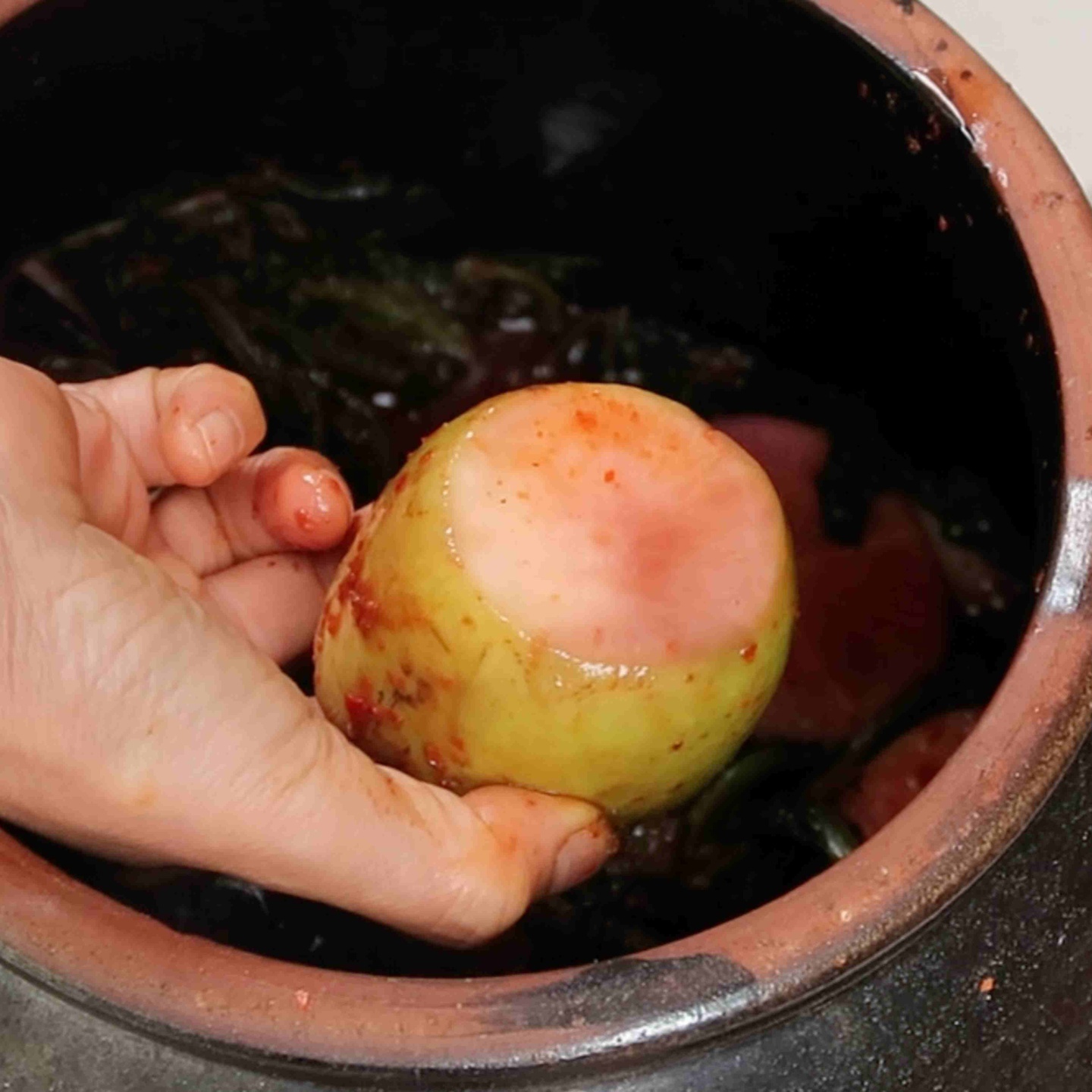Types of Oil for Deep Frying The best kind of oil to use for deep frying is a neutral flavored oil with a high smoke point. The smoke point is the temperature at which oil will start to burn, which…
Best Protein Cuts and Ingredients for Deep Frying (튀김)
You can deep fry a variety of ingredients, from proteins to vegetables. Chicken cuts for deep frying: Numerous chicken cuts can be used. The best ones are the thighs and the legs of the chicken. Keep in mind that light…
Korean Deep-Fried Dishes (튀김)
What is Deep frying (튀김)? The cooking method of deep-frying means completely submerging an ingredient in hot fat. When you deep fry, once the ingredient is cooked, remove it from the oil and let the oil drain from the ingredient…
How to Serve How to Store Korean Pancakes
Storing Cooked Pancakes If you make Korean pancakes and have extra, then you can store them in the freezer. If you store your cooked pancakes in the fridge, the water from the pancakes will evaporate, and they will get hard…
Korean Pancake Decorations, Cuts, & How to Serve
During holidays or just for fun, Korean pancakes are decorated to add flavor and color, which makes the pancakes more beautiful and appetizing. Decoration Ideas Here are some pancake decoration ideas that you can implement next time you are making…
Korean Pancakes Made Using Flour and Egg
These types of pancakes are made by dredging an ingredient first in flour, then in whisked eggs, and finally, pan frying them. These pancakes can be comprised of a single ingredient thinly sliced or an ingredient stuffed with a filling…


